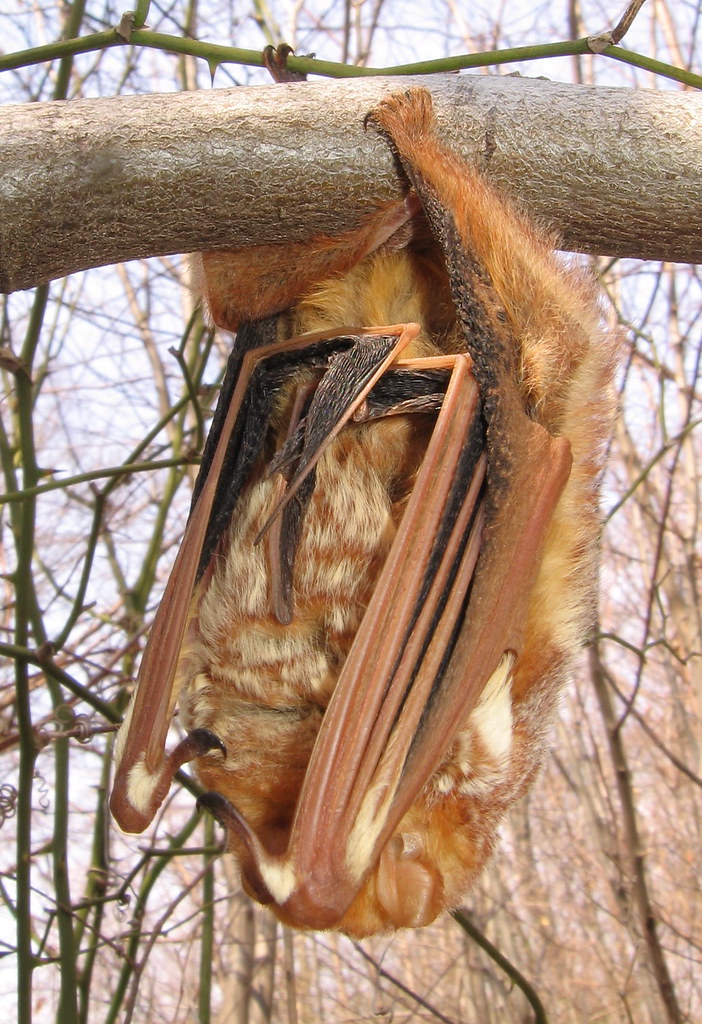We have much more to do and your continued support is needed now more than ever.
Now that’s scary! White-nose syndrome decimating US bat populations

It’s almost Halloween and there is no better time to spotlight an animal in need of our attention: bats!
Bat populations across the northeastern United States are being destroyed by a deadly new fungal disease known as white-nose syndrome. As the name suggests, this fungus burrows into the live tissue of hibernating bats, covering their muzzles, ears, and sometimes wings with white fuzz.
A fuzzy appearance is just one symptom of the disease. A bigger issue is that hibernating bats with white-nose syndrome became emaciated and lose most of their body fat. This is a huge problem for hibernating bats, which rely upon stored energy to survive the winter. Although nobody yet knows exactly how the disease operates, Scientists hypothesize that bats infected with the fungus may wake up more frequently during hibernation, causing them to burn through energy and eventually starve to death.
White-nose syndrome was first discovered in February 2006 in Howes Cave near Albany, NY. In just four years, it has spread nearly halfway across the country. Because bats can fly long distances and tend to congregate in large numbers, the disease seems to spread easily from bat to bat, and to new caves.
The effect of white-nose syndrome on bat populations is truly devastating. In one year, 30-99% of the bats in infected hibernacula may die. A recent study in the journal Science predicts that as a result of white-nose syndrome, the little brown bat—one of the most common North American bats—may become extinct within the next sixteen years. The little brown bat is just one of seven hibernating bat species in North America currently affected by white-nose syndrome. Other species affected by the disease include the Indiana bat, which is already listed as an endangered species.
The loss of so many bats will not go unnoticed! Bats can eat up to half their body weight a night in insects. Without bats patrolling our skies, agricultural pests and crop damage could increase. Furthermore, bats are a keystone species in cave ecosystems. Cave dwelling invertebrates and micro-organisms depend upon bat guano for food. Without bats, cave ecosystem function will be disrupted.
You can celebrate Halloween and help save bats by doing the following:
- Report unusual bat activity (e.g. bats flying outside during the daytime in winter) to the Fish and Wildlife Service.
- Abide by cave closures and decontaminate caving equipment after each cave visit.
- Tell your friends and family about white-nose syndrome and why it is important to conserve bats.
- You can learn more about bats on NWF’s website. Also check out white-nose syndrome resources like the USGS website and this neat video put together by the Fish and Wildlife Service and US Forest Service






















